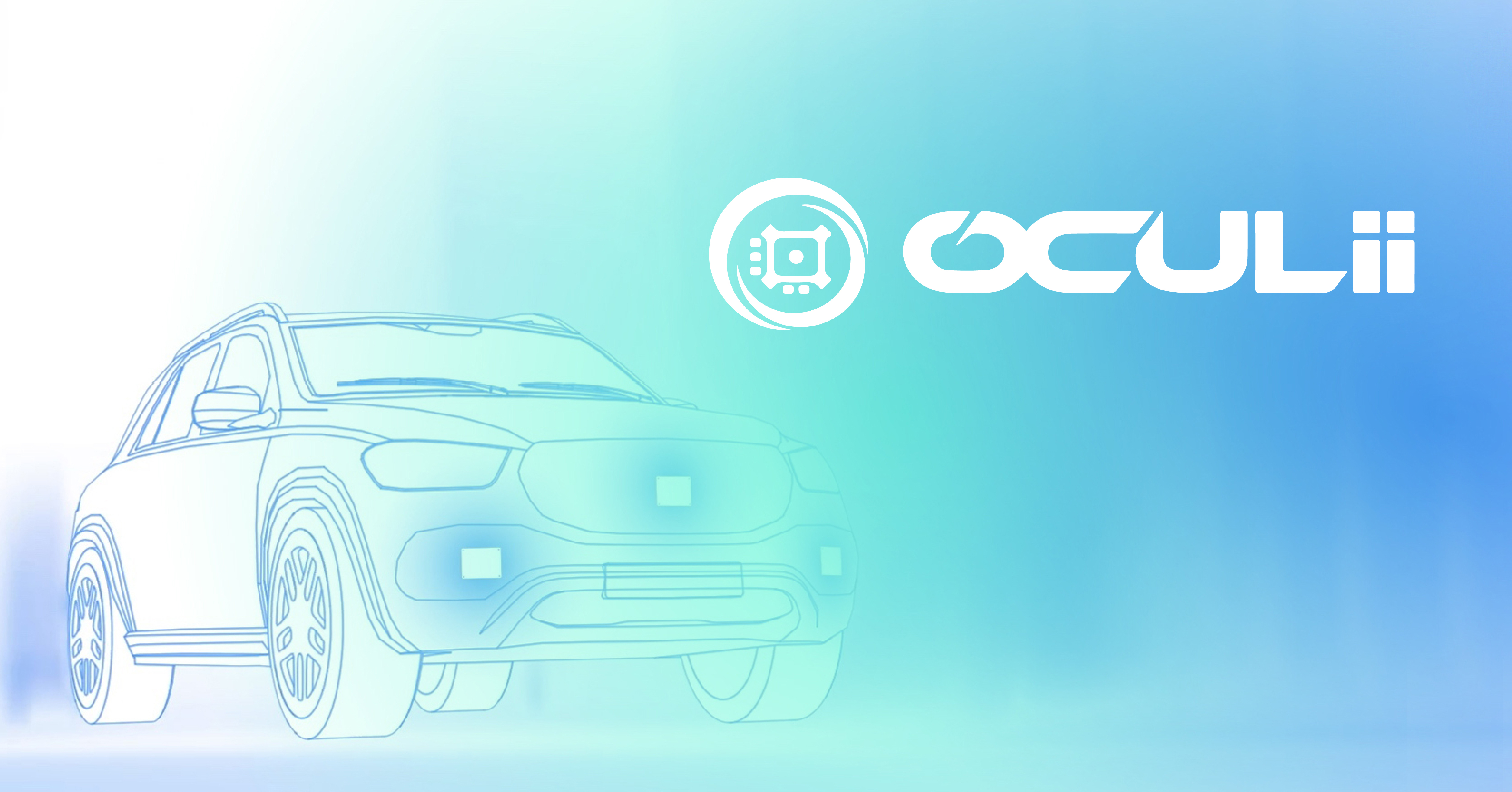overpup
Regular
If this ain’t proving Moschip and Brainchip are working together then nothing will. Sod those NDAs
View attachment 18447
View attachment 18449
absolutely - great find Rkt!
If this ain’t proving Moschip and Brainchip are working together then nothing will. Sod those NDAs
View attachment 18447
View attachment 18449
Humble as well, like Peter. Great to see, I personally value your balanced views, thank you.Yes. Renesas is a funny one because they have their own DRP-AI which they prefer for the heavy duty jobs. I think that there is a bit of "not invented here" syndrome at play.
I've said before that I think that whatever application they have for 2 nodes of Akida isn't going to be a make-or-break product when you consider their whole catalogue, so there's no rush as far as they are concerned, despite the fact that they have all the wherewithal to get to production faster than most. Still, they have paid the up front licence fee ...
I think that other companies with a smaller catalogue and needing the services of designers and manufacturers the likes of Socionext, TSMC or MegaChips would be more anxious to get to market asap once they pay the upfront fees, but they are dependent on the timetables of the chip manufacturers.
Ah Yes, to truly go "Off Grid" breathe in and gasp, the Serenity !!!While being connected is being painted as crucial what is beyond crucial and a matter of life and death is being able to continue to function when connection is lost.
Something as simple as having Hey Mercedes work to identify you as authorised to turn on and drive the vehicle following an electrical storm that has fried the closest tower or the aerials in the underground carpark at the Sydney Opera House will never get old.
As much as Qualcomm and Google claim connectivity to be crucial in reality it is only crucial to the business model that makes them a dollar from the subscriptions you will be paying for these connected services.
My opinion only DYOR
FF
AKIDA BALLISTA
You don't look too bad when you're happy mate, can I please see your wife?I know the Prophesee >> Sony >> Brainchip thing has been proven. I don't know about anyone else but to me, this rates almost as highly as the Mercedes Benz reveal. Here we have a Fortune 500 company revealed as a powerful client of Brainchip. Excuse me, I'm just going to get a ladder to SCREAM IT FROM MY ROOTOP!!!!!!

I couldn't find any relevant footage so I just got my wife to film me.

TinyML vid is up with Anil speaking from 32min. Can anyone confirm what he say’s at the 41:50 mark. Prophesee and Oculii?
Brainchip at TinyML
Prophesee at TinyML
Oculii

Oculii Deep Sensor Fusion Technology
Achieve up to 1000x resolution with sensor fusion. Smarter software, more cost-effective hardware, and better autonomy and safety for all with Oculii.www.oculii.com

 www.oculi.ai
www.oculi.ai


TinyML vid is up with Anil speaking from 32min. Can anyone confirm what he say’s at the 41:50 mark. Prophesee and Oculii?
Brainchip at TinyML
Prophesee at TinyML
Oculii

Oculii Deep Sensor Fusion Technology
Achieve up to 1000x resolution with sensor fusion. Smarter software, more cost-effective hardware, and better autonomy and safety for all with Oculii.www.oculii.com
I got excited but slightly subdued now because the second video shows a presentation by Oculi not Oculii. Now if Anil is talking about Oculii this is big!!!! While still interesting, Oculi is not nearly as impressive in my opinion. So which company is he referring to. Anil pronounces it more like Oculii rather than Oculi. Oculii has been taking over by Ambrella which makes it very exciting. Since Anil dropped the name, can someone that has a good line of communication with BrainChip management ask which Oculi(i) he was referring to. I suspect its the not as exciting Oculi since they were on the same video as Prophesee.

AI Video Vision Edge – See Everything. Store Nothing
See how Oculi's patented visual AI privacy-first platform helps companies see everything, store nothing embedded on your technology.www.oculi.ai

All In One Radar Hardware with Embedded AI - Oculii
Use Oculii’s advanced imaging radar products to significantly reduce total cost by more than 1000x and increase resolution by up to 100x.www.oculii.com

Ambarella | AI Vision Processors For Edge Applications
Ambarella's advanced imaging solutions make cameras smarter by extracting valuable data from high-resolution video streams.www.ambarella.com

Gonna hazard a guess @Slade and say Oculi.I got excited but slightly subdued now because the second video shows a presentation by Oculi not Oculii. Now if Anil is talking about Oculii this is big!!!! While still interesting, Oculi is not nearly as impressive in my opinion. So which company is he referring to. Anil pronounces it more like Oculii rather than Oculi. Oculii has been taking over by Ambrella which makes it very exciting. Since Anil dropped the name, can someone that has a good line of communication with BrainChip management ask which Oculi(i) he was referring to. I suspect its the not as exciting Oculi since they were on the same video as Prophesee.

AI Video Vision Edge – See Everything. Store Nothing
See how Oculi's patented visual AI privacy-first platform helps companies see everything, store nothing embedded on your technology.www.oculi.ai

All In One Radar Hardware with Embedded AI - Oculii
Use Oculii’s advanced imaging radar products to significantly reduce total cost by more than 1000x and increase resolution by up to 100x.www.oculii.com

Ambarella | AI Vision Processors For Edge Applications
Ambarella's advanced imaging solutions make cameras smarter by extracting valuable data from high-resolution video streams.www.ambarella.com

 www.oculi.ai
www.oculi.ai
Yep, and if that's the case I fear it will be a long long Magik Eye like wait.Gonna hazard a guess @Slade and say Oculi.

Our Technology-V1 | Oculi
www.oculi.ai
View attachment 18468 View attachment 18469 View attachment 18470 View attachment 18471 View attachment 18472 View attachment 18473 View attachment 18474 View attachment 18475
Hi Slade,I got excited but slightly subdued now because the second video shows a presentation by Oculi not Oculii. Now if Anil is talking about Oculii this is big!!!! While still interesting, Oculi is not nearly as impressive in my opinion. So which company is he referring to. Anil pronounces it more like Oculii rather than Oculi. Oculii has been taking over by Ambrella which makes it very exciting. Since Anil dropped the name, can someone that has a good line of communication with BrainChip management ask which Oculi(i) he was referring to. I suspect its the not as exciting Oculi since they were on the same video as Prophesee.

AI Video Vision Edge – See Everything. Store Nothing
See how Oculi's patented visual AI privacy-first platform helps companies see everything, store nothing embedded on your technology.www.oculi.ai

All In One Radar Hardware with Embedded AI - Oculii
Use Oculii’s advanced imaging radar products to significantly reduce total cost by more than 1000x and increase resolution by up to 100x.www.oculii.com

Ambarella | AI Vision Processors For Edge Applications
Ambarella's advanced imaging solutions make cameras smarter by extracting valuable data from high-resolution video streams.www.ambarella.com
Agreed sadly.Yep, and if that's the case I fear it will be a long long Magik Eye like wait.
Article from our mate Sally.Yep, and if that's the case I fear it will be a long long Magik Eye like wait.

 www.eetasia.com
www.eetasia.com

 Charbel Rizk (Source: Oculi)
Charbel Rizk (Source: Oculi) Oculi’s SPU combines vision sensing, processing and memory at the pixel level. (Source: Oculi)
Oculi’s SPU combines vision sensing, processing and memory at the pixel level. (Source: Oculi) Possible outputs from Oculi SPU (L-R): Full frame image, events, smart events, actionable data (top row is number of vehicle axles, bottom row shows the hand gesture “swipe right”). (Source: Oculi)
Possible outputs from Oculi SPU (L-R): Full frame image, events, smart events, actionable data (top row is number of vehicle axles, bottom row shows the hand gesture “swipe right”). (Source: Oculi)There are many contacts between oculi and brainchip, contacts with oculii I only can find with propheseeIch war aufgeregt, aber jetzt etwas gedämpft, weil das zweite Video eine Präsentation von Oculi zeigt, nicht von Oculii. Nun, wenn Anil über Oculii spricht, ist das groß!!!! Oculi ist zwar immer noch interessant, aber meiner Meinung nach nicht so beeindruckend. Auch auf welche Firma bezieht er sich? Anil spricht es eher wie Oculii als Oculi aus. Oculii wurde von Ambrella übernommen, was es sehr spannend macht. Da Anil den Namen gefallen gelassen hat, kann jemand, der eine gute Verbindung zum BrainChip-Management hat, fragen, auf welches Oculi(i) er sich bezog? Ich vermute, es ist das nicht so aufregende Oculi, da sie im selben Video wie Prophesee waren.

AI Video Vision Edge – See Everything. Store Nothing
See how Oculi's patented visual AI privacy-first platform helps companies see everything, store nothing embedded on your technology.www.oculi.ai

All In One Radar Hardware with Embedded AI - Oculii
Use Oculii’s advanced imaging radar products to significantly reduce total cost by more than 1000x and increase resolution by up to 100x.www.oculii.com

Ambarella | AI Vision Processors For Edge Applications
Ambarella's advanced imaging solutions make cameras smarter by extracting valuable data from high-resolution video streams.www.ambarella.com

